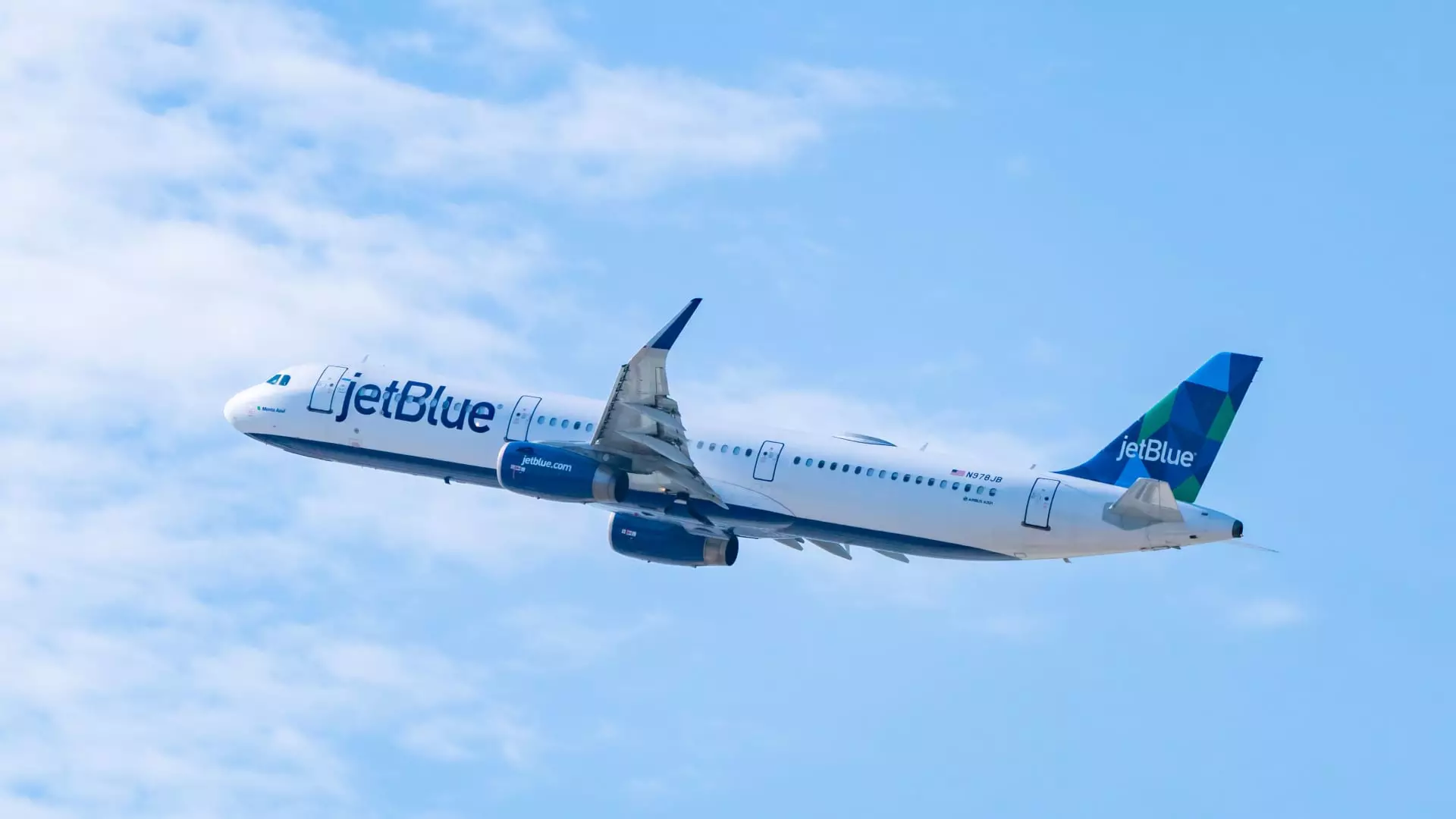JetBlue Airways is set to embark on a transformative journey as it prepares to announce a strategic partnership with a larger U.S. airline, according to President Marty St. George. This move comes at a time when JetBlue faces significant challenges in the ultra-competitive airline industry, dominated by giants such as Delta Air Lines and United Airlines. The need for a partnership is not merely a growth strategy; it is a survival tactic amidst a tumultuous market landscape. The recent blocking of JetBlue’s acquisition of Spirit Airlines by the Justice Department further emphasizes the urgency for the carrier to find alternative means of expansion and resilience.
Opportunities Amidst Setbacks
JetBlue’s ambition has been met with several hurdles, most notably its faltered alliance with American Airlines in the Northeast, which crumbled due to antitrust litigation earlier this year. This setback has not deterred JetBlue’s leadership from exploring potential partnerships, as indicated by ongoing talks with various carriers. It highlights an important aspect of the airline industry: adaptability in the face of adversity is crucial for success. JetBlue’s president underscored that a partnership with a more established airline could provide a lifeline, broadening JetBlue’s network for its loyal customers. The expansion of earning and redeeming TrueBlue loyalty points could significantly enhance customer experience, making it easier for passengers traveling to less frequented destinations.
The Potential United Partnership
While the identity of the prospective partner remains a matter of speculation, United Airlines emerges as a prominent candidate. A partnership with United could allow both airlines to leverage their respective strengths, facilitating JetBlue’s entry into new markets while providing United with a revitalized presence at John F. Kennedy International Airport. The mutual benefits of such a collaboration are intriguing, yet they also raise questions about how it would reshape the dynamics between these airlines. Despite United’s decision to abstain from engaging in speculative discussions, the prospect of such a partnership brings forth the reality that strategic alliances can redefine competitive landscapes.
The Airways Landscape: A Game of Chess
JetBlue’s situation exemplifies the complex chess game of the airline industry, where strategic maneuvers can significantly alter market positions. While JetBlue’s efforts to revive a partnership with American Airlines failed, it is a reminder that negotiations in this industry are increasingly fraught with complications, often hinging on regulatory approvals and financial viability. The rising tensions and implications of competition among carriers underscore the necessity of agile strategies. America Airlines’ litigation against JetBlue could shape future collaborations and encounters with regulators, affecting how airlines approach partnerships.
What remains significant in JetBlue’s pursuit is its commitment to enhancing customer loyalty programs and route accessibility. In an age where consumers demand more flexibility and value, the airline that can best serve these interests through innovative partnerships will likely emerge victorious. As JetBlue prepares for its announcement, the industry watches closely, and the implications could ripple across the airline sector, affecting not only JetBlue but also its competitors.


Leave a Reply